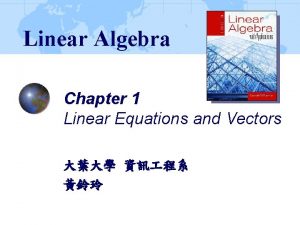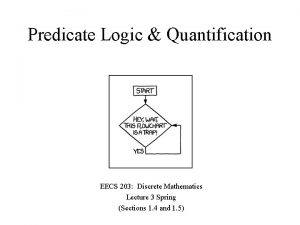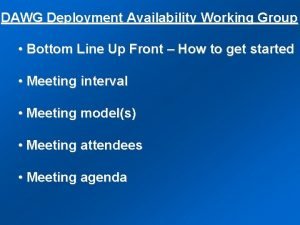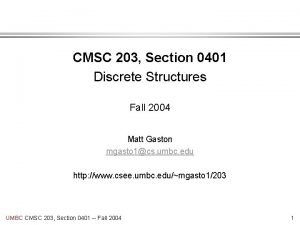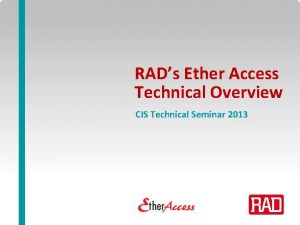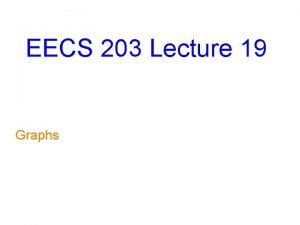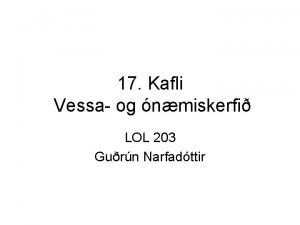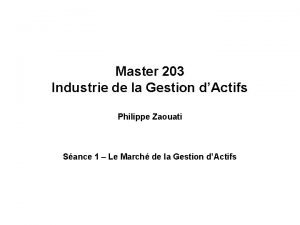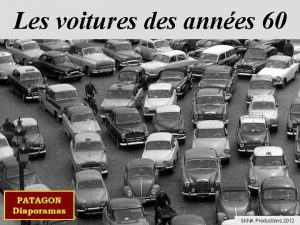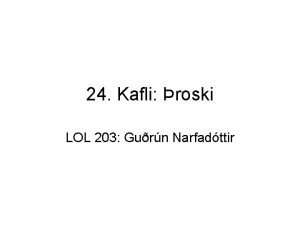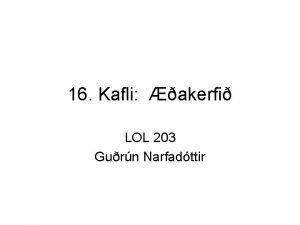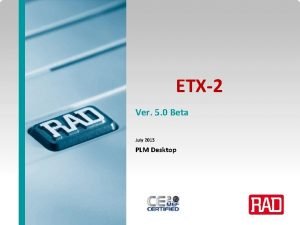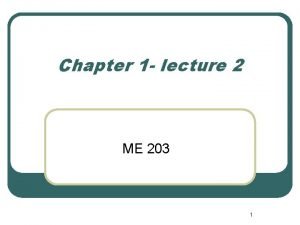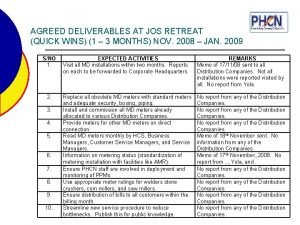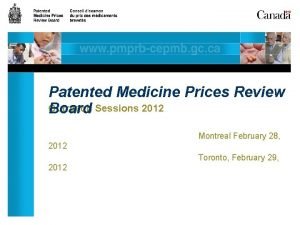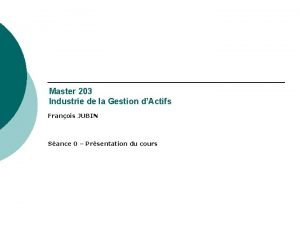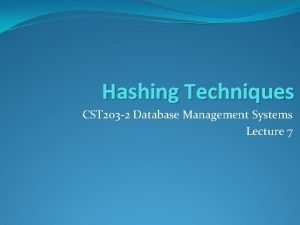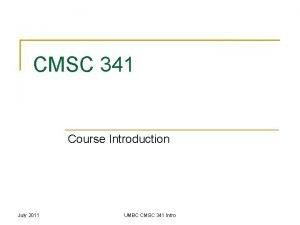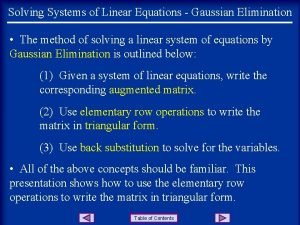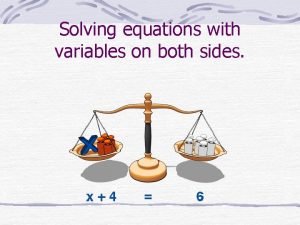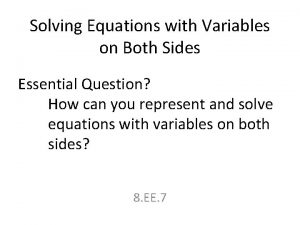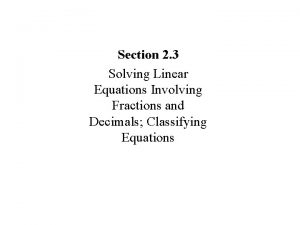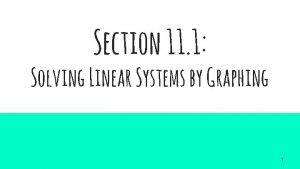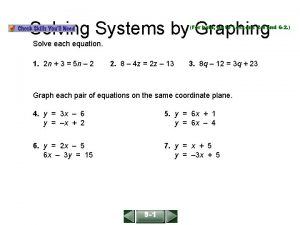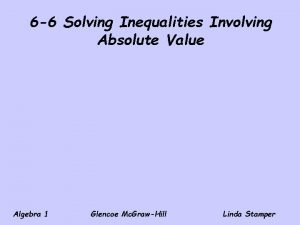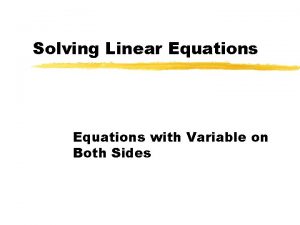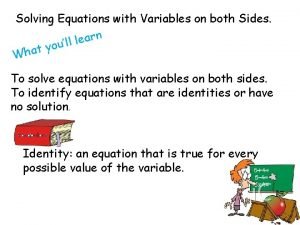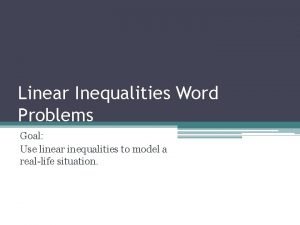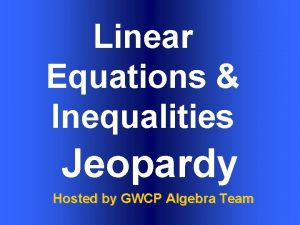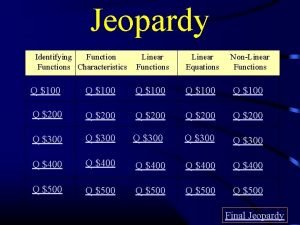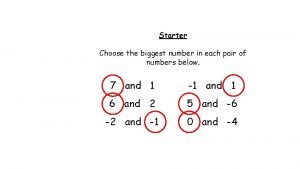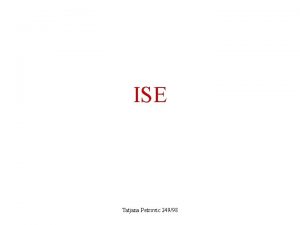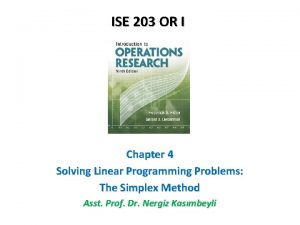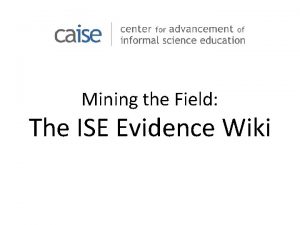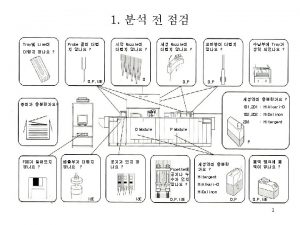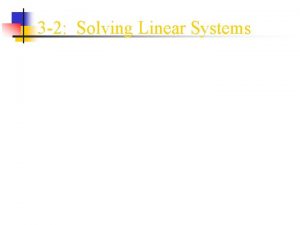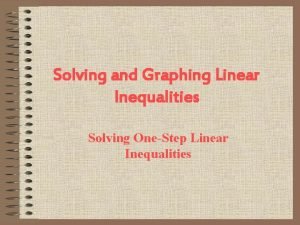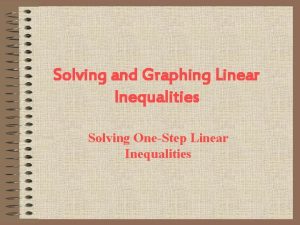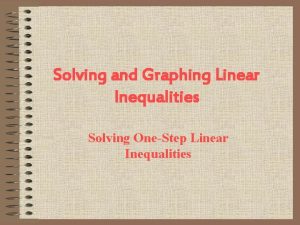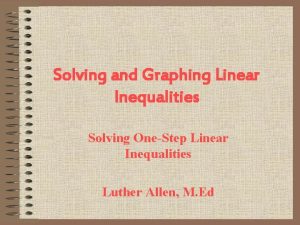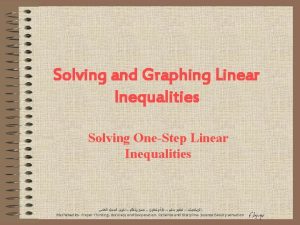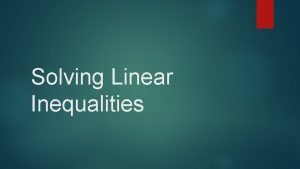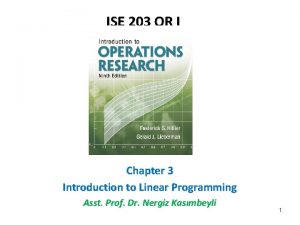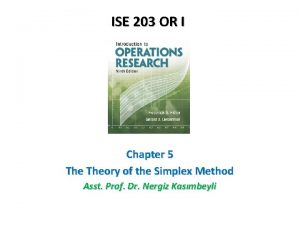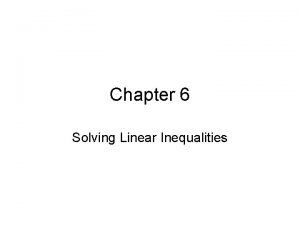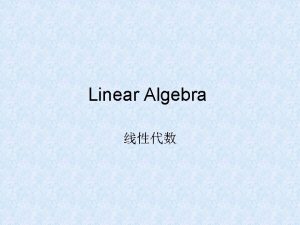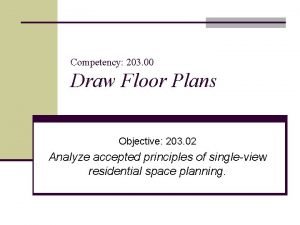ISE 203 OR I Chapter 4 Solving Linear

























































- Slides: 57

ISE 203 OR I Chapter 4 Solving Linear Programming Problems: Continued Asst. Prof. Dr. Nergiz Kasımbeyli

2

Big M Method & Two-Phase Method 3

4

Fig. 4. 3 Equality constraint 5

• The Big M Method 6

Fig. 4. 4 Sequence of CPF solutions 7

Nonzero coefficient of x 5 in the objective function row. We should make it zero. 8

9

10

11

12

13

14

15

16

17

18

19

20

Surplus Variable Slack Variable 21

Fig. 4. 5 CP Solutions 22

Fig. 4. 6 Feasible region and the sequence of operations 23

24


Two-Phase Method The Big M method can be thought as having two stages: 1. Drive all artificial variables to the value of zero (because of the large penalty, M) 2. While keeping artificial variables at their zero values, find the optimal solution. Another method (Called the Two-Phase Method) does this in two phases, without introducing penalties. 26

Two-Phase Method 27

Two-Phase Method 28

Two-Phase Method for Radiation Therapy Example 29

Two-Phase Method for Radiation Therapy Example 30




Fig. 4. 7

35


Post- Optimality Analysis

38

39

40

41

42

43

QUESTION: 1. What happens when we increase b 2 above 18? Will it differ to have b 2 = 18 or b 2 = 19? 2. What maximum amount would you be willing to pay for an extra unit of resource 2?

45

• There is a surplus of resource 1! • Therefore increasing b 1 beyond 4 does not effect the optimal Z value. • The constraints on resources 2 and 3 are binding at the optimal solution. • Since the limited supply of these resources bind Z from being increased further, they have positive shadow prices. In such a case, the economists say Resources 2 and 3 are scarce resources, and Resource 1 is a free resource. 46

QUESTION: What maximum amount would you be willing to pay for an extra unit of resource 2? 47

48

49

50

51

Sensitivity Analysis for ci

53

54

EXCEL SENSITIVITY REPORT

LINDO SENSITIVITY REPORT

LINDO SENSITIVITY REPORT (cont. )
 Chapter 1 solving linear equations
Chapter 1 solving linear equations Unique solution matrix
Unique solution matrix Nactrc
Nactrc Eecs 203
Eecs 203 Fha 203h loan
Fha 203h loan Etx 203
Etx 203 Rad etx 203 ax
Rad etx 203 ax Afi 10-203
Afi 10-203 Cmsc 421 umbc
Cmsc 421 umbc 258x203
258x203 Rad etheraccess
Rad etheraccess Embeded systems design
Embeded systems design Eet 203
Eet 203 Eet 203
Eet 203 Eecs 203
Eecs 203 Lol-203 b
Lol-203 b Master 203
Master 203 1948 peugeot 203
1948 peugeot 203 100 e yuvarlanan en küçük sayı
100 e yuvarlanan en küçük sayı 203 fourgonnette
203 fourgonnette Lol203
Lol203 Lol 203
Lol 203 Dorm room 203
Dorm room 203 4 11 18 25 32 jika un = 557 tentukan n
4 11 18 25 32 jika un = 557 tentukan n Rasio dari barisan 27/16 8/9
Rasio dari barisan 27/16 8/9 Rad etx-220a
Rad etx-220a Cpsc 203
Cpsc 203 Me 203
Me 203 Auburn ebill parent login
Auburn ebill parent login 203-019-4
203-019-4 952 203-0000
952 203-0000 Resource management guide 203
Resource management guide 203 Finc203
Finc203 Eet 203
Eet 203 Eecs 203
Eecs 203 Master 203
Master 203 Cst 203
Cst 203 Eet 203
Eet 203 Cmsc 341
Cmsc 341 Lg bp 203
Lg bp 203 Bounded or unbounded graph
Bounded or unbounded graph Eliminasi matriks
Eliminasi matriks Solving linear homogeneous recurrence relations
Solving linear homogeneous recurrence relations Solving linear equations with variables on both sides
Solving linear equations with variables on both sides Steps to solve equations with variables on both sides
Steps to solve equations with variables on both sides Solving rational equations
Solving rational equations Solving linear equations containing fractions
Solving linear equations containing fractions Lesson 11-1 solving linear systems by graphing answer key
Lesson 11-1 solving linear systems by graphing answer key Bar model equations
Bar model equations Forming and solving equations worksheet
Forming and solving equations worksheet Lesson 9-1 slope
Lesson 9-1 slope Solving linear inequalities involving absolute value
Solving linear inequalities involving absolute value Solving for a variable in terms of other variables
Solving for a variable in terms of other variables Solving linear equations variable on both sides
Solving linear equations variable on both sides Inequalities word problems
Inequalities word problems Inequality jeopardy
Inequality jeopardy Linear functions jeopardy
Linear functions jeopardy Solving linear inequalities hangman
Solving linear inequalities hangman

